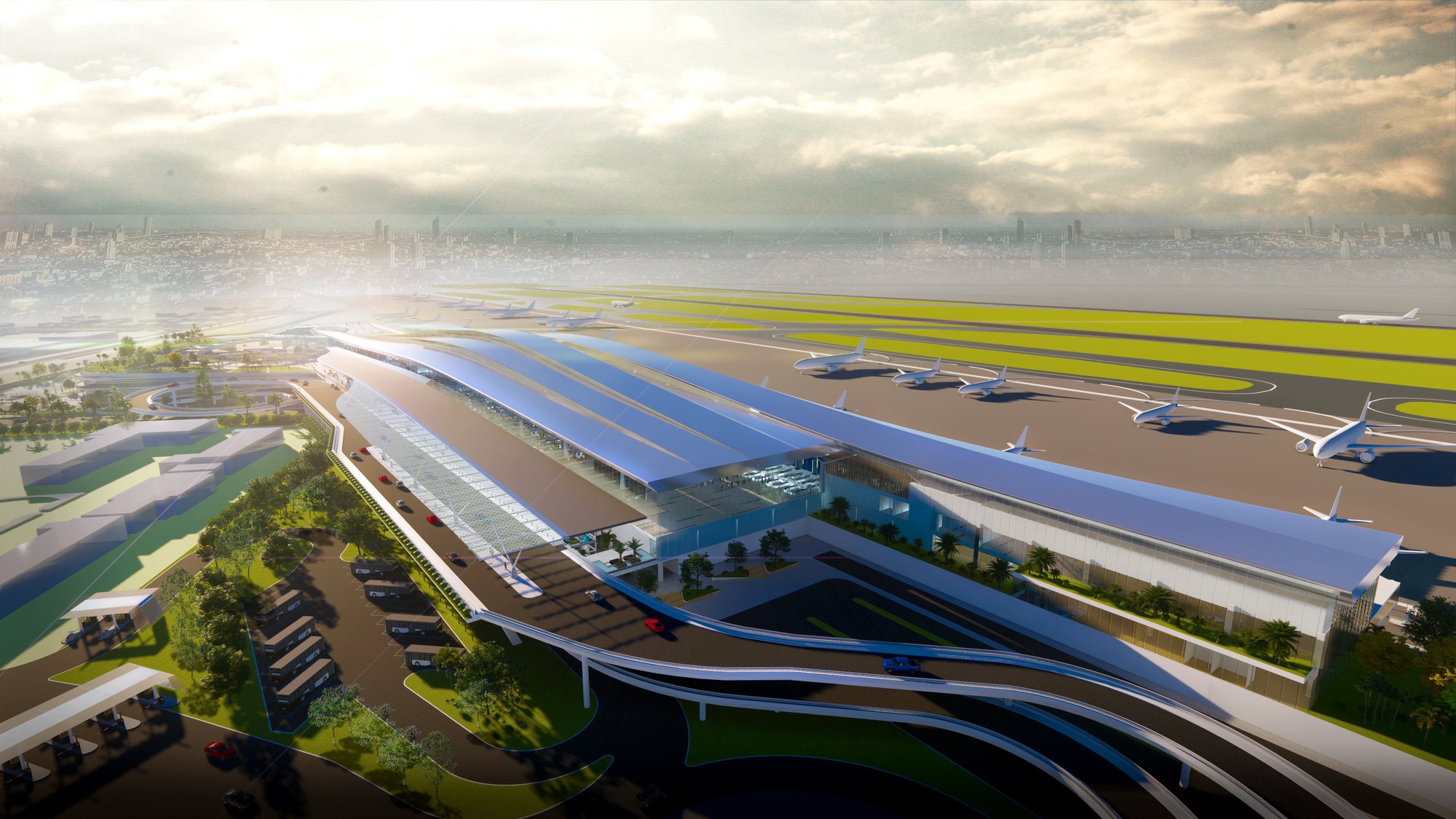
This is a great opportunity for Dong Nai province to determine its mission.
“This provincial planning needs to establish an efficient and highly connected spatial organizational model to maximize the existing potential and advantages and stimulate new growth impetuses for the province, the Southeast region, and the whole country,” emphasized Deputy Minister of Planning and Investment Tran Quoc Phuong.
Secretary of the Provincial Party Committee Nguyen Hong Linh stressed that the provincial planning is an important comprehensive development orientation for the province, serving as the basis for unified management and synchronization of economic, social, defense, and security sectors until 2030. It will also be the orientation and guiding principle for Dong Nai province to draft the Resolutions of the 12th Provincial Party Congress for the 2025-2030 term.
The general objective set by the planning is that by 2030, Dong Nai will lead in the development of modern industry, become a center for science, technology, and innovation, and serve as a transshipment hub for the Southern region, with Long Thanh International Airport as the core.
By 2050, Dong Nai will be one of the key growth poles in Vietnam.
In addition, the average Gross Regional Domestic Product (GRDP) growth rate for the period 2021-2030 is expected to be about 10% per year. The average per capita GRDP by 2030 is projected to reach around USD 14,650.
The GRDP growth rate for the period 2031-2050 is expected to be 6.5-7%.
The planning also aims to develop 5 logistics centers, one of which is the North logistics center at Long Thanh Airport.
The draft provincial planning emphasizes five consistent viewpoints: Putting the people at the center, enhancing people’s ownership, improving productivity, innovation and effectiveness, raising living standards, protecting the environment, and promoting social welfare.
Selective development: The development strategy focuses on high-tech industries, organic agriculture, modern industry, comprehensive services, key tourism, and logistics based on the applications of science, technology, and innovation, serving as important drivers for improving the productivity, quality, and development efficiency of the province’s economy and society.
Exploiting strengths and potentials: Focusing on investing in areas with great potential and large untapped reserves, and making Long Thanh Airport a new dynamic area for breakthrough development.
Towards the future: Transforming the growth model, with a focus on digital economy, sharing economy, green economy, and circular economy.
Sustainable development: Achieving harmonious development of the economy, culture, and society, along with strengthening national defense and security, protecting the environment, and being flexible in coping with climate change.
The five pillars of development are: Developing Dong Nai’s industry to become a modern national industrial center; Developing urban service tourism, especially industrial support services; Developing high-efficiency and sustainable agriculture; Building Long Thanh Airport as a focus for developing a city with a world-class airport; Developing digital economy, green economy, circular economy, and contributing to achieving the Net-Zero target by 2050.
The six supporting factors for Dong Nai’s development of the above pillars are: Multimodal connected infrastructure; Diverse and quality investment capital sources; High-quality human resources; Digital governance, digital economy, and digital society; Efficient and synchronized administration and operation; Breakthrough institutions and policies.
Advantages not common to all localities
Dong Nai has many advantages that are not common to all localities. In terms of natural conditions, the province has a large area with relatively flat terrain, a mild climate, stable water sources, and is rarely affected by floods and natural disasters. This is an opportunity and existing potential for the province to arrange a stable and sustainable economic and social development space.
In terms of the economy, Dong Nai is a gateway to the Southeast region, the most developed and dynamic economic region in the country. Specifically, Dong Nai is one of the three corners of the development triangle of Ho Chi Minh City – Binh Duong – Dong Nai; it has many industrial clusters and traditional craft villages, as well as more than 33 industrial parks that have been established by the Prime Minister and are operating steadily.
In terms of culture and tourism, in addition to the potential for industrial and agricultural development, Dong Nai is also a land rich in cultural traditions. It has many pristine and majestic natural landscapes, ideal conditions for developing various types of tourism such as ecological, resort, sports, entertainment, research, exploration, and cultural tourism. This is a strength of Dong Nai compared to other localities in attracting tourism investment.
In addition, Dong Nai is rapidly developing housing projects, hotels, hospitals, schools, financial and banking services, entertainment services, resorts, supermarkets, golf courses, etc. to meet the diverse needs of investors.












